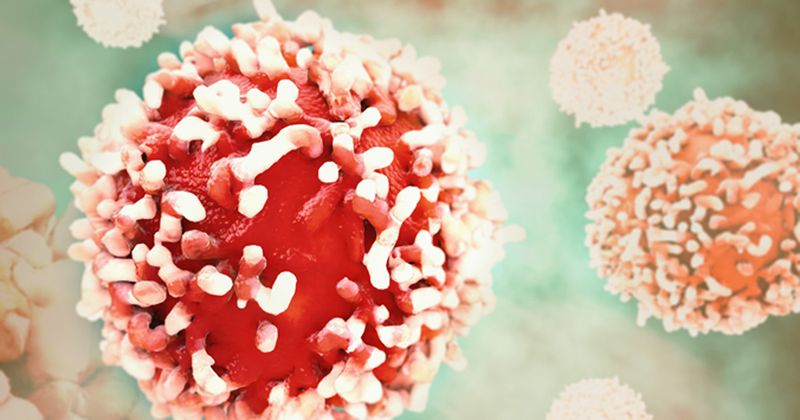Novel, benign nail finding linked to syndrome that increases risk for certain cancers
Key takeaways:
- Of 47 individuals with BAP1 tumor predisposition syndrome, 41 presented nail abnormalities.
- The nail abnormalities in 39 of the patients were consistent with onychopapilloma.
New evidence suggests that a novel, benign nail finding may facilitate the detection of BRCA1-associated protein tumor predisposition syndrome which leaves patients at risk for certain cancers, according to a study.
The BRCA1 gene was recognized as a tumor suppressor gene in 2008, and the BRCA1-associated protein (BAP1) increases the risk for cutaneous melanoma, basal cell carcinoma and other cancers in individuals who carry variations of this gene.

“BAP1 tumor predisposition syndrome (TPDS) is an autosomal dominant syndrome associated with cutaneous and internal malignant neoplasms,” Alexandra Lebensohn, MS, CGC, an editorial board member of the NIH’s National Cancer Institute, and colleagues wrote.
According to the authors, one such cutaneous manifestation may be polydactylous onychopapillomas, which are benign tumors of the nail characterized by longitudinal leukonychia, erythronychia or splinter hemorrhage. The nail may also have nail plate abnormalities such as longitudinal ridging, onycholysis or V-shaped distal nicking.
“The nail abnormality typically extends linearly from the proximal nail matrix to the end of the nail, with a characteristic focal subungual keratotic papule at the hyponychium,” Lebensohn and colleagues wrote. “In this study, we investigated the prevalence of nail findings consistent with polydactylous onychopapillomas in adult patients with BAP1 TPDS.”
Of the 47 individuals (mean age, 46.4 years; 63.8% women) with BAP1 TPDS included in the study, 41 (87.2%) presented nail abnormalities of which 39 (83%) were consistent with onychopapilloma. Five patients underwent nail unit biopsy which confirmed their diagnosis of onychopapilloma.
The study found that onychopapilloma was slightly more common in men than women (88.2% vs. 80%) and in adults aged 30 years and older. Additionally, polydactylous nail changes were detected in 97.4% of patients with onychopapilloma.
According to the authors, this study confirms that polydactylous onychopapillomas are strongly associated with BAP1 variants.
“We found that BAP1-associated onychopapillomas, or onychoBAPillomas, were highly penetrant in adult carriers, suggesting that onychoBAPillomas may serve as a new cutaneous marker to identify individuals at increased risk of the syndrome,” they concluded.
